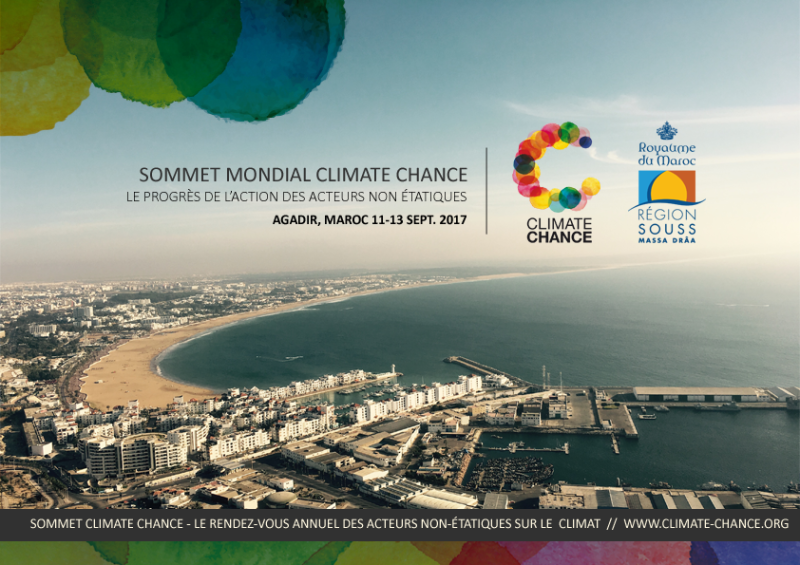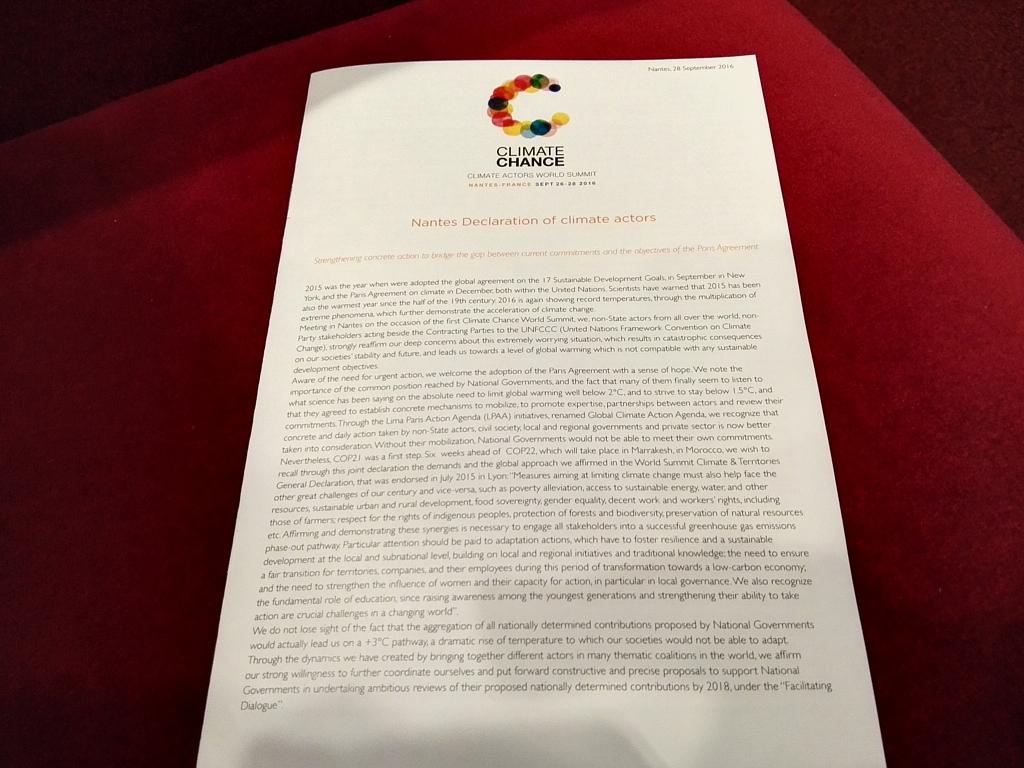Habitat III will Adopt, commit, implement, encourage, promote adequate investments, support, recognize, invite, underscore and promote sustainable urban innovation opportunities;
Innovation; promoting full and productive employment and decent work for all, ensuring decent job creation and equal access for all to economic and productive resources and opportunities; preventing land speculation; and promoting secure land tenure and managing urban shrinking where appropriate.
Effective, innovative, and sustainable financing frameworks and instruments, enabling strengthened municipal finance and local fiscal systems in order to create, sustain, and share the value generated by sustainable urban development in an inclusive manner.
Innovation, entrepreneurship, inclusion, identity and safety, and the dignity of all people, as well as to foster livability and a vibrant urban economy.
Develop vibrant, sustainable, and inclusive urban economies, building on endogenous potentials, competitive advantages, cultural heritage and local resources, as well as resource-efficient and resilient infrastructure, promoting sustainable and inclusive industrial development, and sustainable consumption and production patterns, and fostering an enabling environment for businesses and innovation, as well as livelihoods.
(Providing the labor force with access to income-earning opportunities, knowledge, skills and educational facilities that contribute to an innovative and competitive urban economy.) NON-SUSTAINABILITY Para 56
Promote an enabling, fair, and responsible business environment, based on the principles of environmental sustainability and inclusive prosperity, promoting investments, innovations, and entrepreneurship.
Sustain and support urban economies to progressively transition to higher productivity through high-value-added sectors, promoting diversification, technological upgrading, research, and innovation.
Adopt a smart city approach, which makes use of opportunities from digitalization, clean energy and technologies, as well as innovative transport technologies, thus providing options for inhabitants to make more environmentally friendly choices and boost sustainable economic growth and enabling cities to improve their service delivery.
Integrated planning that aims to balance short-term needs with long-term desired outcomes of a competitive economy, high quality of life, and sustainable environment. Strive to build in flexibility in our plans in order to adjust to changing social and economic conditions over time. Implement and systematically evaluate these plans, while making efforts to leverage innovations in technology and to produce a better living environment.
National, sub-national, and local governments to develop and expand financing instruments, enabling them to improve their transport and mobility infrastructure and systems, such as mass rapid transit systems, integrated transport systems, air and rail systems, and safe, sufficient and adequate pedestrian and cycling infrastructure and technology-based innovations in transport and transit systems to reduce congestion and pollution while improving efficiency, connectivity, accessibility, health, and quality of life.
Protective, accessible, and sustainable infrastructure and service provision systems for water, sanitation, and hygiene, sewage, solid waste management, urban drainage, reduction of air pollution, and storm water management, in order to improve safety against water-related disasters, health, and ensure universal and equitable access to safe and affordable drinking water for all; as well as access to adequate and equitable sanitation and hygiene for all; and end open defecation, with special attention to the needs and safety of women and girls and those in vulnerable situations. Seek to ensure this infrastructure is climate-resilient and forms part of integrated urban and territorial development plans, including housing and mobility, among others, and is implemented in a participatory manner, considering innovative, resource efficient, accessible, context specific, and culturally sensitive sustainable solutions.
Leveraging cultural heritage for sustainable urban development, and recognize its role in stimulating participation and responsibility, and promote innovative and sustainable use of architectural monuments and sites with the intention of value creation, through respectful restoration and adaptation.
The implementation of the New Urban Agenda requires an enabling environment and a wide range of means of implementation including access to science, technology, and innovation and enhanced knowledge sharing on mutually agreed terms, capacity development, and mobilization of financial resources, taking into account the commitment of developed countries and developing countries, tapping into all available traditional and innovative sources at the global, regional, national, sub-national, and local levels as well as enhanced international cooperation and partnerships among governments at all levels, the private sector, civil society, the United Nations system, and other actors..
Call on businesses to apply their creativity and innovation toward solving sustainable development challenges in urban areas, provide financial support, including through innovative financial mechanisms, to programmes and projects to implement.
(International multilateral financial institutions, regional development banks, development finance institutions, and cooperation agencies to “provide” financial support, including through innovative financial mechanisms, to programmes and projects to implement the New Urban Agenda, particularly in developing countries.) NON-SUSTAINABILITY Para 142
Need for enhanced cooperation and knowledge exchange on science, technology and innovation to the benefit of sustainable urban development, in full coherence, coordination and synergy with the processes of the Technology Facilitation Mechanism established under the Addis Ababa Action Agenda and launched under the 2030 Agenda for Sustainable Development.
Recognize the significant contribution of voluntary collaborative initiatives, partnerships and coalitions that plan to initiate and enhance the implementation of the New Urban Agenda, highlighting best practices and innovative solutions including by promoting co-production networks between sub-national entities, local governments and other relevant stakeholders.
Development of national information and communications technology policies and egovernment strategies as well as citizen-centric digital governance tools, tapping into technological innovations, including capacity development programmes, in order to make information and communications technologies accessible to the public, including women and girls, children and youth, persons with disabilities, older persons and persons in vulnerable situations, to enable them to develop and exercise civic responsibility, broadening participation and fostering responsible governance, as well as increasing efficiency.
Science, research, and innovation, including a focus on social, technological, digital and nature-based innovation, robust science-policy interfaces in urban and territorial planning and policy formulation, as well as institutionalized mechanisms for sharing and exchanging information, knowledge and expertise, including the collection, analysis, standardization and dissemination of geographically-based, community-collected, high-quality, timely and reliable data, disaggregated by income, sex, age, race, 21 ethnicity, migration status, disability, geographic location, and other characteristics relevant in national, sub-national, and local contexts.
Source: HABITAT III NEW URBAN AGENDA Draft outcome document for adoption in Quito, October 2016





